According to local sources in China, the State Council, which performs the function of the cabinet in China, discussed the economic situation in its meeting.
During the meeting chaired by Prime Minister Li Keqiang, it was stated that China's economic recovery is being affected by increasingly complex external conditions, global trade, and investment slowdown, and it was emphasized that more effective measures are needed in the face of the changing landscape.
The meeting highlighted the need to improve macroeconomic policies, effectively expand demand, strengthen the real economy, and prevent risks in key sectors. The meeting also discussed an action plan for businesses in the technology sector and a regulatory proposal regarding the management and supervision of private investment funds.
The report did not provide detailed information about the specific measures that will be implemented to stimulate economic recovery.
The People's Bank of China (PBoC) had previously indicated its intention to pursue monetary expansion by lowering the one-year policy interest rate from 2.75% to 2.65% in response to the economic slowdown.
Following the messages from the State Council meeting, concrete measures for short-term growth are expected to be announced.
Signs of economic slowdown May data indicates that the Chinese economy is struggling to maintain the growth momentum it achieved in the first quarter of this year following the slowdown in the last quarter of last year.
According to data released by the National Bureau of Statistics (NBS) of China, industrial production in May grew by 3.5% year-on-year, falling below the 5.6% increase recorded in April, while retail sales, considered as a measure of consumption, also fell to a 12.7% increase, below the 18.4% increase seen in April.
Despite the low base caused by the closure and quarantine measures implemented due to the COVID-19 outbreak last spring, it was observed that production and consumption slowed down.
Furthermore, leading economic activity indicators released by the NBS also indicated a decline in both the manufacturing and non-manufacturing sectors in May. The manufacturing purchasing managers' index (PMI) decreased by 0.4 points to 48.8, while the non-manufacturing PMI dropped by 1.9 points to 54.5. In May, exports decreased by 7.5% compared to the same period last year, while imports declined by 4.5%. Unemployment among the population aged 6-24 reached a record level of 20.8%.
In 2022, the Chinese economy grew by 3%, marking the lowest annual GDP growth since 1976, following a 2.2% growth in 2020, which was affected by the initial impact of the COVID-19 pandemic. The economy exceeded expectations and grew by 4.5% in the first quarter of this year.
In March, the Chinese government announced a growth target of "around 5%" for this year during the National People's Congress.


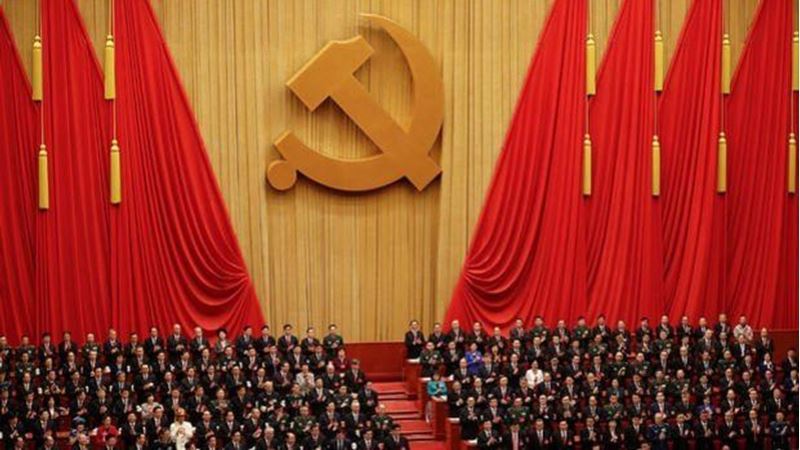
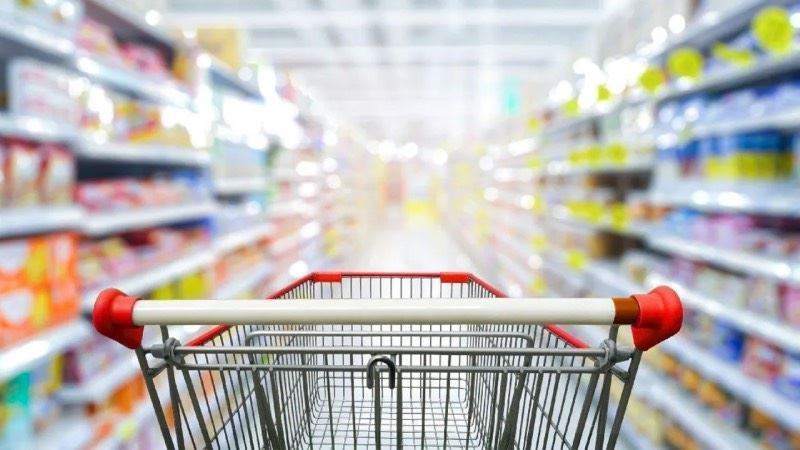

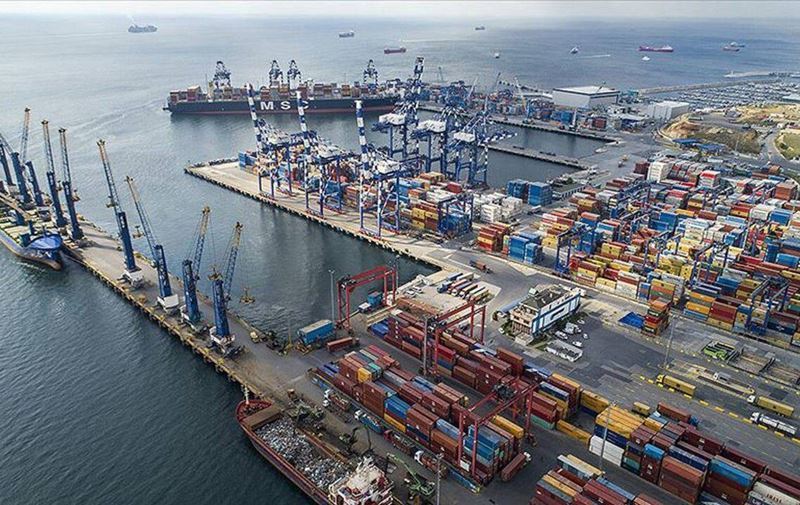
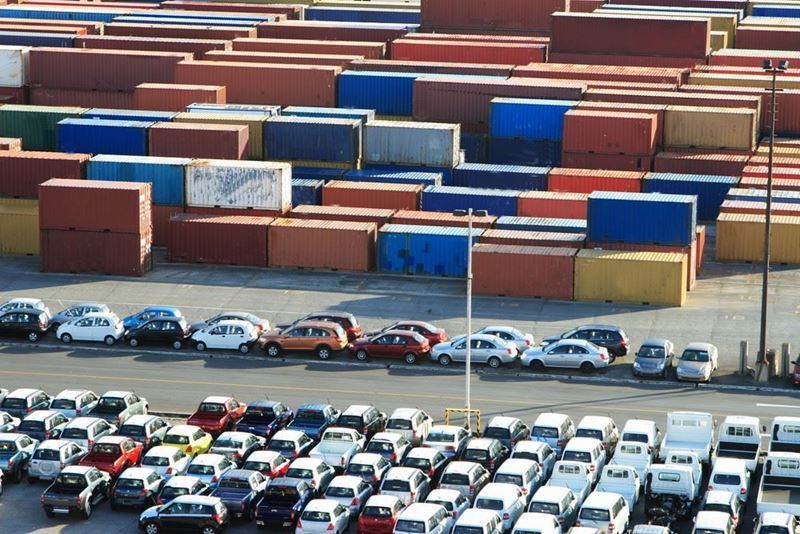
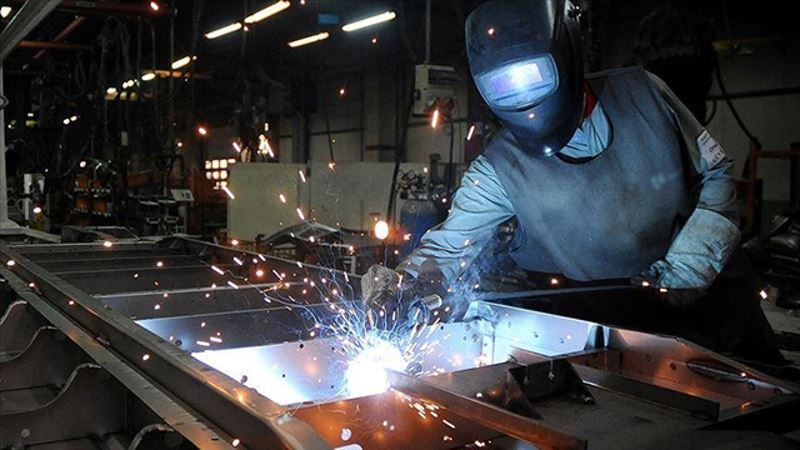

Comments
No comment yet.